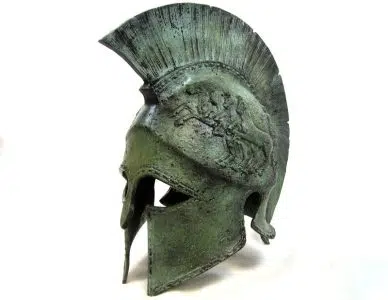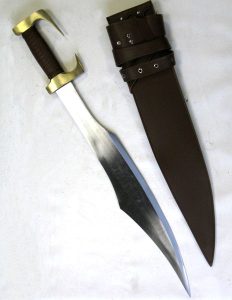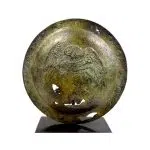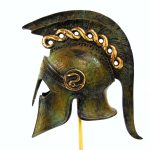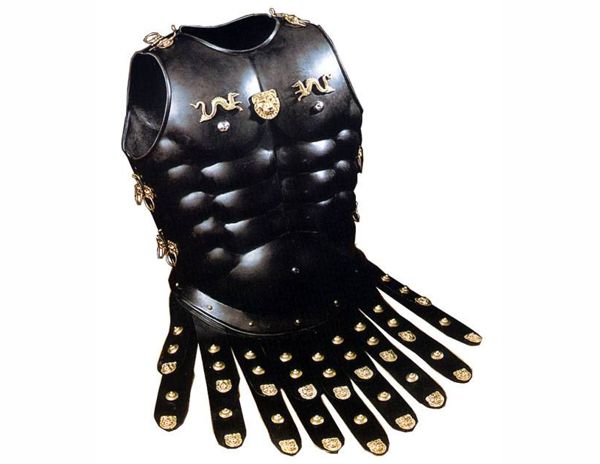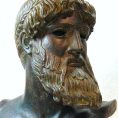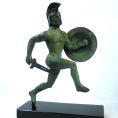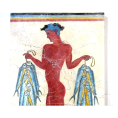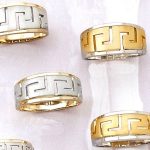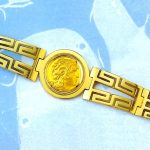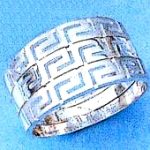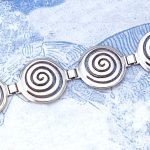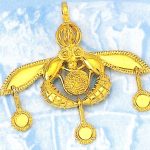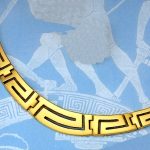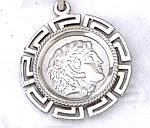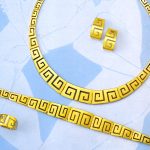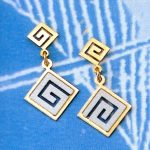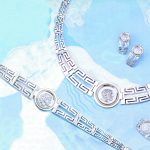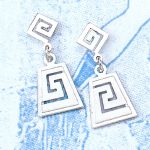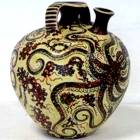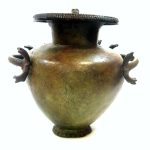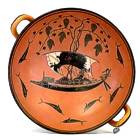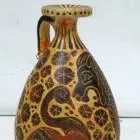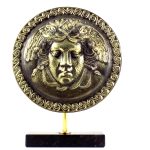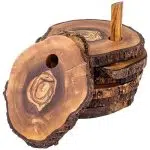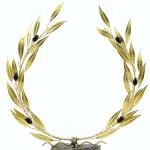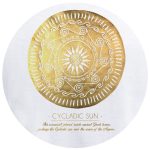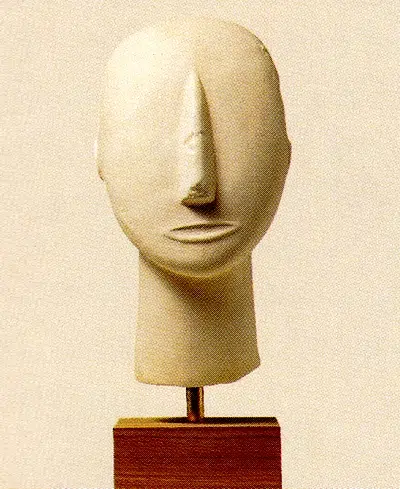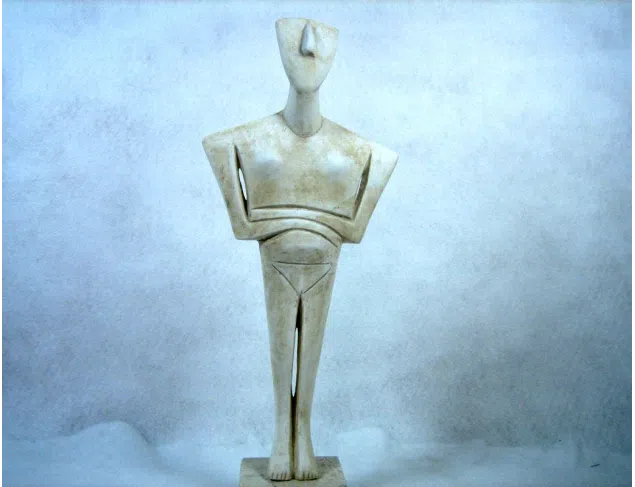Cycladic Art: Ancient, yet modern
Cycladic sculptures are thousands of years old and yet look eerily modern. A face with no facial features, except the nose, is not exactly how we think of ancient Greek art.
To this day we know very little about Cycladic art. A measure of its growing importance is the existence of the Cycladic Museum located in the heart of Athens, Greece.
The Greek islands of the Cyclades are located to the South East of Greece and to the North of Crete in the Aegean Sea.
There are more than two hundred islands approximating a circle around the most significant island Delos, the birthplace of Apollo and of Artemis, the huntress.
The Greek name for the Cyclades is Kyklades, an obvious reference to a circle.

The History and Characteristics of Cycladic Art
During the period between 3200 and 2000 B.C. the small Cycladic islands in the Aegean became home to a flourishing culture. The most prominent craft in Cycladic culture was stone-cutting, especially marble sculpture.
The abundance of high quality white marble on the islands encouraged its use for the creation of a wide range of artifacts, including ancient greek statues.
Among these, Cycladic figurines are the most distinctive Cycladic creation because of the style, the great numbers in which they are found, and the significance they held for their owners.
The majority of Cycladic idols show women, nude with the arms folded over the belly and the long feet, soles sloping downwards.
We do not know whether they were meant to show mortals or deities, but probably symbolized the worship of the ‘Mother Goddess’.
In this case, the figurines may have been conceived as representations of the Goddess, or companions to her.
Many figurines have been discovered in relation to burials as the Cycladic civilization flourished and burials became more elaborate to reflect status.
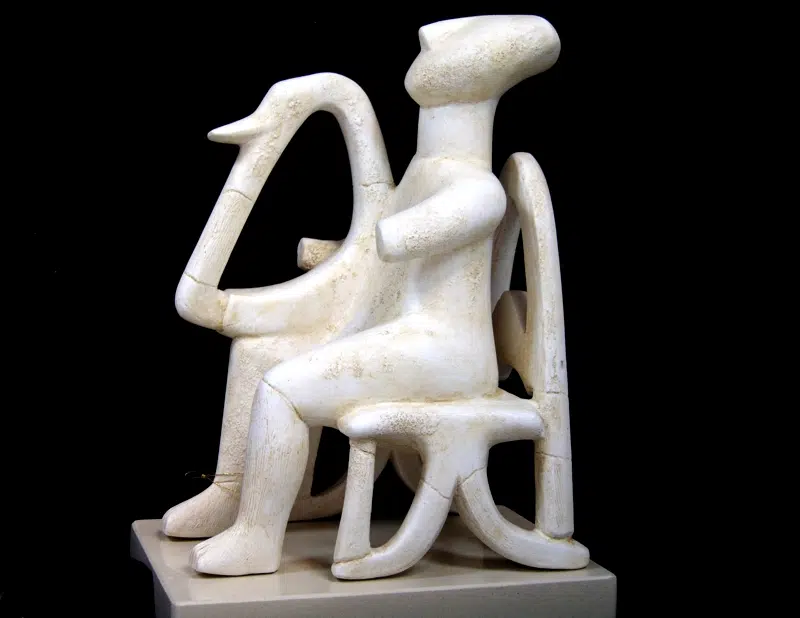
National Archaelogical Museum, Athens.
Check out greek culture inspired items on our online greek art shop!
Sources : http://www.articlesbase.com/art-articles/ancient-greece-art-cycladic-sculptures-in-the-greek-islands-955737.html

